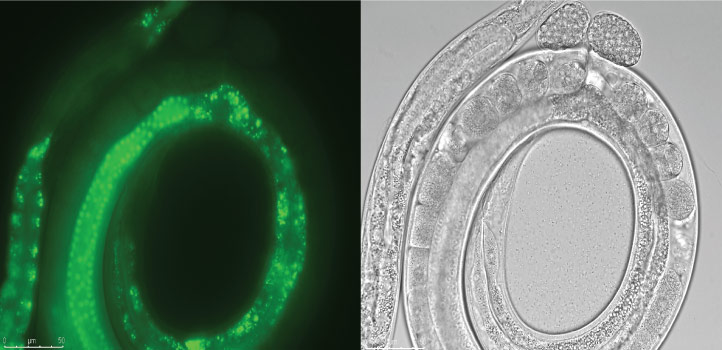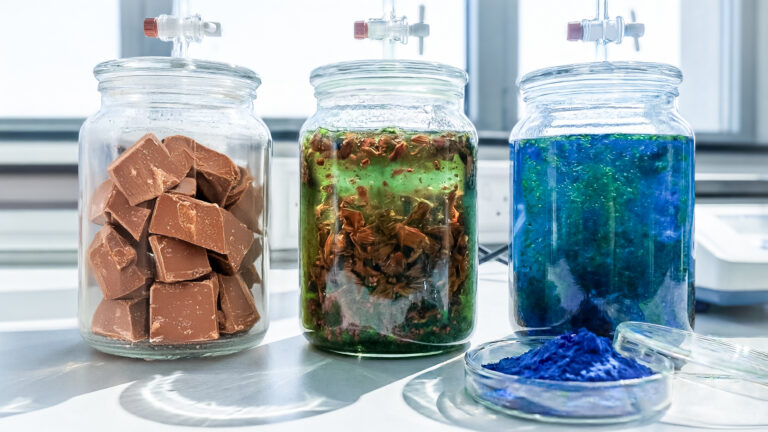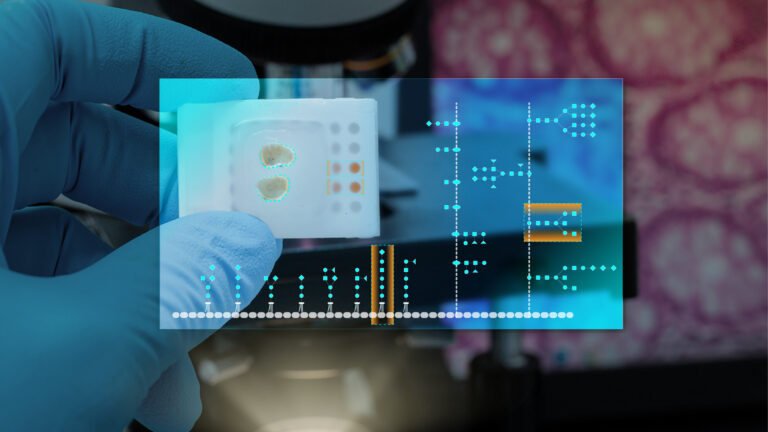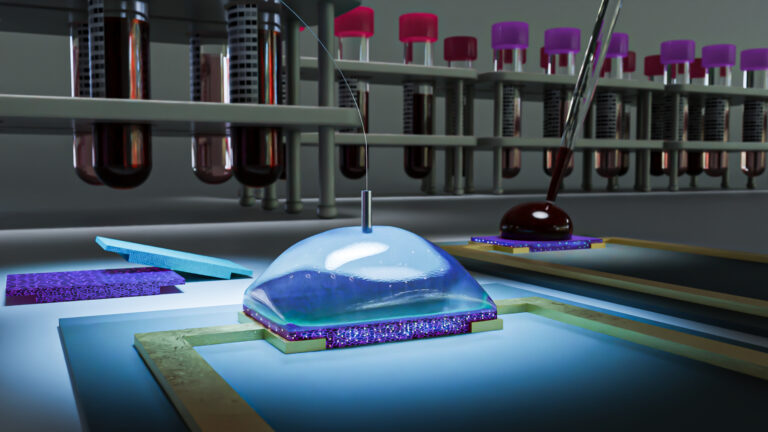Bioengineering
Rules of resistance against transgene silencing
A new protocol brings the precise standards of engineering to the realm of synthetic biology.

Clear rules for engineering transgenes that can be inserted and propagated over multiple generations of nematodes include ways to protect inserted genes from the organism’s natural defenses against foreign DNA. Developed by KAUST researchers, the rules have implications for many research fields, including gene therapy development.
Scientists often study biological processes, such as normal and mutant gene functions, in the worm Caenorhabditis elegans because it has many genes and molecular pathways in common with humans. Specific gene functions can be investigated by injecting DNA into the worm’s reproductive organs, where it links into what is known as an extra-chromosomal array. This array is eventually incorporated into the nucleus, where it is duplicated and segregated into daughter cells. The injected genetic material is then potentially inherited across generations, which last only two days in C. elegans, allowing researchers to study gene functions over multiple generations in a short time period.
But C. elegans, like other multicellular organisms, has silencing mechanisms for recognizing and shutting down foreign DNA, which can hinder research efforts.
Their investigations led to the development of a web-based application for researchers to analyze their own DNA sequences for PATC watermarks.
Scientists recently discovered that a class of noncoding DNA, called periodic A/T clusters (PATCs), can watermark their own genetic sequences to protect them from the natural silencing mechanisms of cells.
Bioengineer Christian Frøkjær-Jensen conducted investigations with students and researchers in his lab to develop rules for using PATCs, some gene regulators and reagents for persistent expression of transgenes in the C. elegans germline from simple extra-chromosomal arrays.
The protocol helps optimize transgenes and describes where PATCs should be inserted and the temperatures most suitable for propagating transgene strains, among other rules.
“Think of electrical circuits,” says Frøkjær-Jensen. “Any electrical engineer can buy resistors and capacitors and be certain that these parts will behave in predictable ways when put together into a circuit. Our work aims to develop similar standards for genetic engineering in multicellular organisms. We also aim to freely distribute the necessary reagents for this process to the rest of the academic scientific community; we hope this will put KAUST on the map for biological engineering and synthetic biology.”
Their investigations also led to the development of a web-based application for researchers to analyze their own DNA sequences for PATC watermarks. “PATCs can span large distances and rely on patterns that are not easily identifiable,” explains Frøkjær-Jensen. “Previously, researchers needed to install specialized software to do this. Now, scientists can simply copy-paste their sequence files into our application to get an immediate analysis and graphical output.” This will help scientists more easily use PATCs in their research and study their roles.
KAUST’s web application for computing PATC scores in DNA sequences can be found at www.wormbuilder.org/PATC.
References
-
Aljohani, M.D., El Mouridi, S., Priyadarshini, M., Vargas-Veazquez, A.M. & Frøkjær-Jensen, C. Engineering rules that minimize germline silencing of transgenes in simple extra-chromosomal arrays in C. elegans. Nature Communications 11, 6300 (2020).| article
You might also like

Bioengineering
Algae and the chocolate factory

Bioengineering
Smart patch detects allergies before symptoms strike

Bioengineering
Cancer’s hidden sugar code opens diagnostic opportunities

Bioengineering
Promising patch for blood pressure monitoring

Bioengineering
Sensing stress to keep plants safe

Bioengineering
Building better biosensors from the molecule up

Bioengineering
High value harvests from designer algae

Bioengineering




